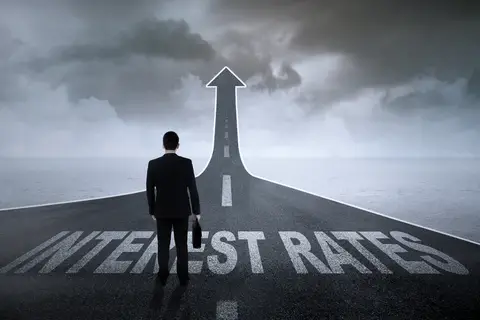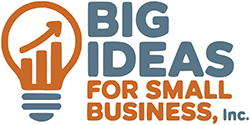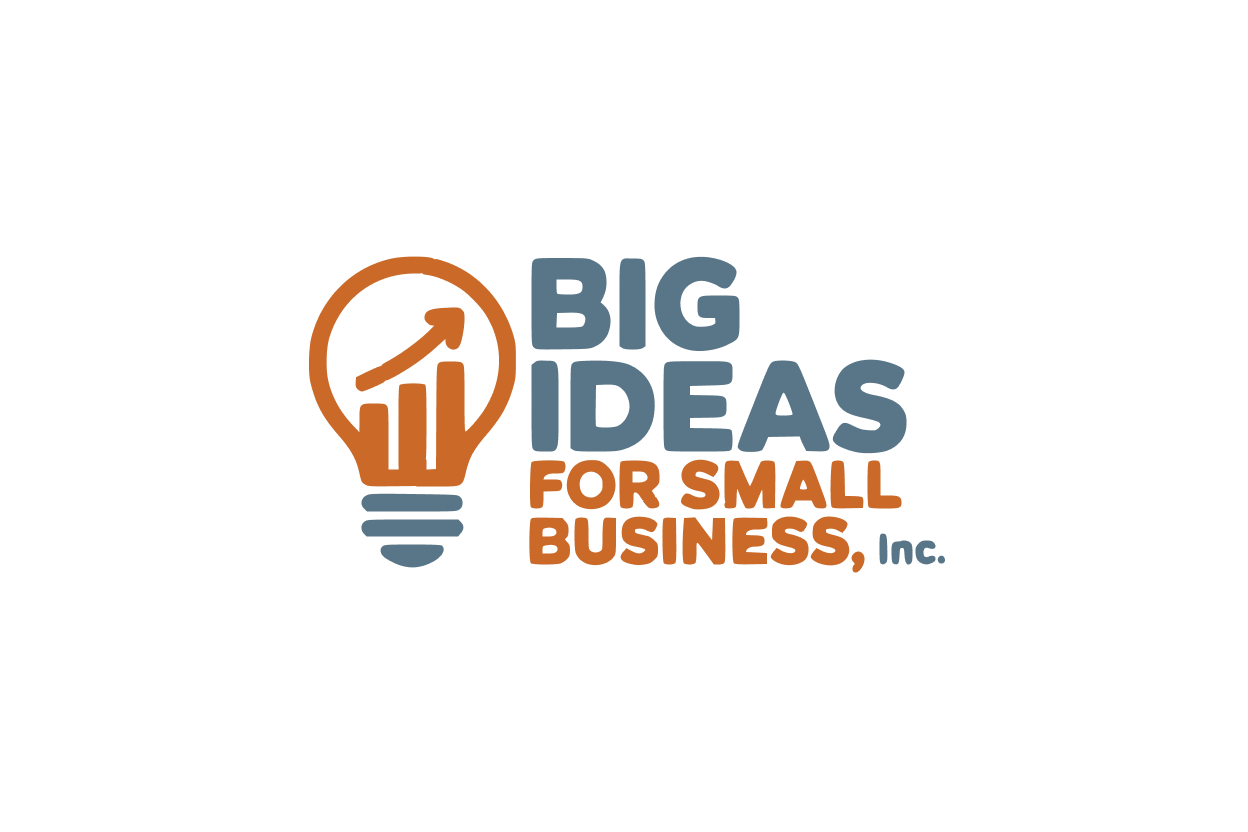 On March 15, 2017, the Federal Reserve raised interest rates for short-term borrowing by a quarter of a percent (0.25%). This is called the fed funds rate, which is the rate banks charge each other on overnight borrowing. As a result of the increase, the new target for the fed funds rate is 0.75% to 1%. This rate filters down into other interest rates, such as the prime rate—the lowest rate that money can be borrowed commercially.
On March 15, 2017, the Federal Reserve raised interest rates for short-term borrowing by a quarter of a percent (0.25%). This is called the fed funds rate, which is the rate banks charge each other on overnight borrowing. As a result of the increase, the new target for the fed funds rate is 0.75% to 1%. This rate filters down into other interest rates, such as the prime rate—the lowest rate that money can be borrowed commercially.
The prime rate is a benchmark for many types of loans, including mortgages and credit cards; it rose from 3.75% to 4% following the Federal Reserve’s rate hike. The Federal Reserve anticipates two more interest increases this year.
What do higher interest rates mean for your business?
-
Impact on cash flow
If you have outstanding debt on which the interest rate is variable, such as a line of credit that you’ve drawn upon or outstanding business credit card debt, your repayment costs increase in tandem with rate hikes. This requires more money to repay your loans. Take the additional interest costs into account in your cash flow projections.
-
Impact on revenues
Because customers are paying higher interest rates on their credit card debt, they may be less able to spend as they have previously done. The cost of servicing their debt may supplant spending money with you.
Of course, the rate hike has been modest, so the impact on sales may not be dramatic. But even a small decline can hit your sales revenue. Be sensitive to the buying power of your customers, especially as additional rate hikes come to pass.
Some industries may be impacted more than others. For example, those in real estate—broker, contractors—whose customers need to borrow may see some decline in revenues. However, because the rate hike is so modest, it may not immediately translate into anything negative. One mortgage lender I spoke to after the Fed’s rate increase said her bank wasn’t increasing their rates for 30-year fixed loans to homeowners. So we’ll have to wait and see.
-
Impact on borrowing
To expand your business, such as moving to a second location, buying new machinery and equipment, taking on a new line, or offering an additional service, you may need to borrow money. The interest rate that you’ll pay on any future loan will be higher than fixed rate loans before March 15.
Will the rate increase make it more difficult for you to obtain financing? It depends on your situation. If you, and your business, have good credit ratings and solid cash flow, you’re likely to be able to swing the loan. Also, banks may be more willing to lend when they can charge more interest; they can make more money than they could before the rate hike.
Should you pay off outstanding debt if you have cash on hand? Again it depends on your situation. Interest rates are not so high now as to be burdensome, and you may find better uses for the cash. Discuss the idea of paying off debt with your CPA.
-
Impact on planning
It’s time to adjust your planning to factor in interest rate increases. What will this do to your marketing budget? Plans for moving into new areas (as described earlier)?
Review your business plan now by taking a fresh look at projections and assumptions. You may want to revise some aspects of your plan, factoring in the additional rate hikes expected later this year.
Conclusion
The Fed’s action could have a “butterfly effect,” where a very small change produces large effects. Meteorologist Edward Lorenz proposed the idea in the 1960s that a butterfly’s fluttering in one part of the world could impact the weather in another. The notion that a butterfly’s fluttering could ripple through time was described in A Sound of Thunder, in a short story by Ray Bradbury about time travel.
What will the impact of the small interest rate increase have on your business? And what will you do about it?


